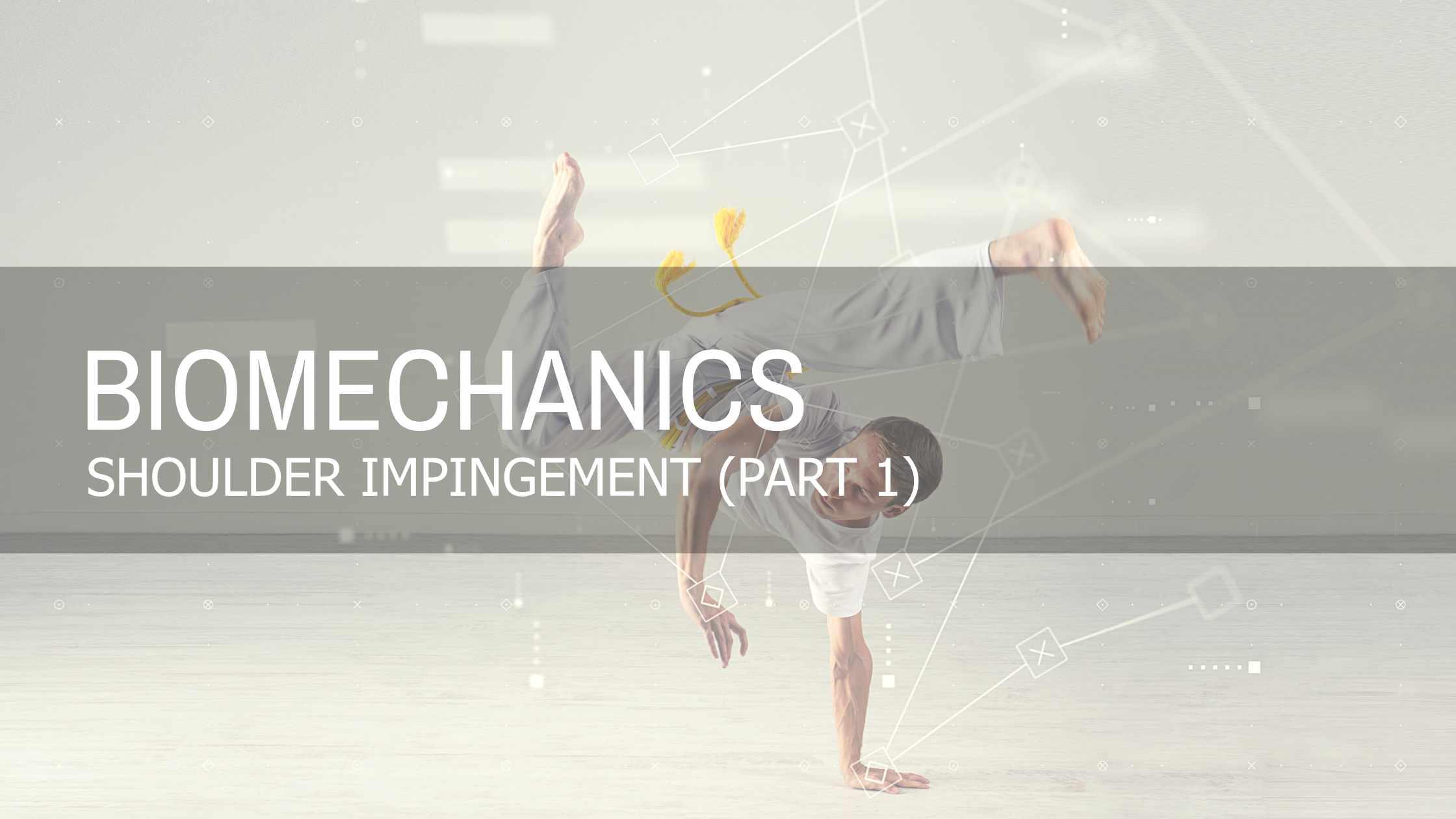
Apr 17 , 2021
0 Comments
Designed to Move | Shoulder Impingement (Part 1)
What is Shoulder Impingement?
The shoulder is made up of several joints, connected by the rotator cuff (a grouping of muscles and tendons surrounding the shoulder blade). The rotator cuff, responsible for lifting and rotating movements, connects the scapula and upper part of the arm and acts as a cushioning layer to protect the joint from minor bumps and bruises. However, if there is overuse and excess friction, and inadequate space and rubbing between the joints (wearing down of the tendon). it can lead to inflammation, restriction of the joints, and shoulder pain. This condition is called shoulder impingement.
How Does this Happen?
Overuse of the shoulder and repetitive overhead movements (such as swimming, pitching a ball, and lifting weights), previous falls and injuries, and hunched over posture are common causes. This impingement of the shoulder can lead to inflammation, tenderness, and pain.
One overlooked cause is the misalignment of the ribcage and spine. This may put undue pressure on the rotator cuff and cause respiratory imbalances, such as the shallowing and shortening of breath, resulting in inefficient energy use and movement patterns.
Signs of Shoulder Impingement
- Shoulder weakness
- Radiating pain from the front side of the shoulder and the side of the arm
- Pain and discomfort from lifting, throwing and other dynamic movements
- Pain and discomfort from sleeping on your side
- Restricted range of motion for reaching overhead and drawing the arm behind the back
How Do You Fix it?
To address shoulder impingement, we recommend the following exercises or you can meet with one of our movement specialists for a one-on-one fascial release session:
Release - Pec Major & Latissimus Dorsi - 60 sec
Activate - Transverse Abdominis 60 sec
Integrate - Single leg balance with band scaption 2 x 20
Strengthen - Serratus Press 2 x 20




